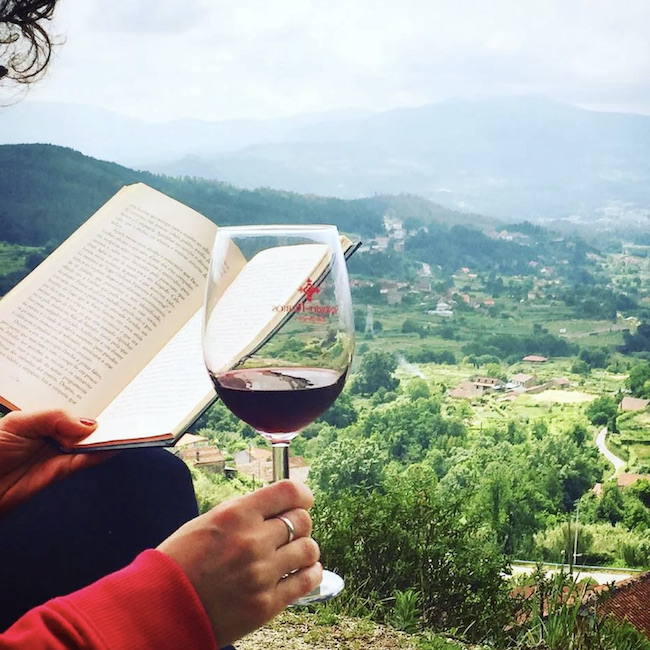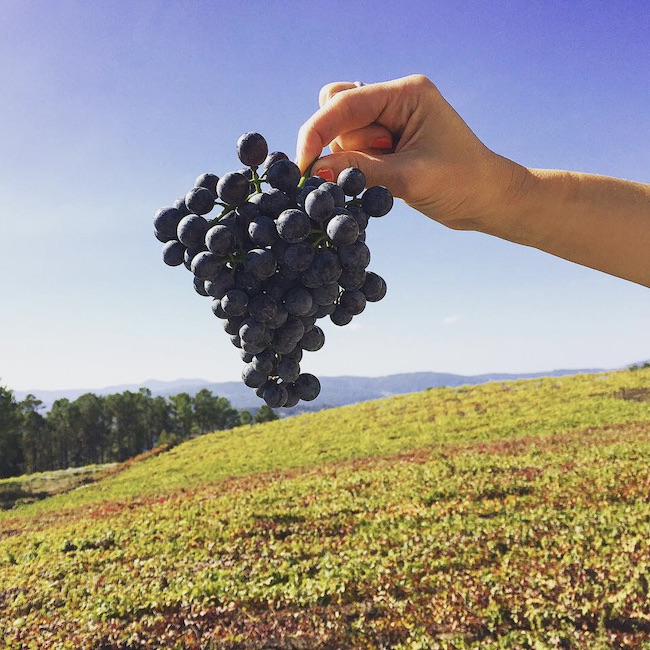.png.transform/rendition-xs/image_image%20(1).png)
The Unstoppable Spirit of Atlantic Reds
Regions like Galicia are the birthplace of wines with distinct characteristics: fresh, light, a lower alcohol content... In this article we taste them to see what makes them so special
Spain is always associated with the Mediterranean. It makes sense, because even the main diet in the country, characterized by the consumption of vegetables, legumes, and olive oil, is referred to as the Mediterranean diet. That being said, there's no doubt that in what's known as "España Verde," (the northern portion of the country), the Atlantic Ocean's influence is notable.
Not only is it felt in Galicia, but also in regions such as Asturias, Cantabria, and areas of Castile-León like Bierzo. This has an impact on the wines produced there. The whites from Rías Baixas, made from Albariño grapes, are well very known, but Atlantic reds less so, even though they boast a very interesting profile due to their proximity to the sea. This makes them quite different from red wines produced in DOs such as Rioja and Ribera del Duero.
Señorío de Rubiós is most likely the Rías Baixas winery with the greatest red wine production. "We work with native varieties such as Caíño, Brancellao, Pedral, Sousón... Each is characterized by a specific nuance: while Caíño has great aromatic intensity, Brancellao offers more body and balsamic touches. Pedral grapes are very balanced and somewhat powerful on the nose, and Sousón have more body and riper fruit nuances", says Natalia Rodríguez, the winery's export manager.
These grapes give rise to single varietals that the winery markets as part of the Manuel D'Amaro line. Although each one is different, logically, Rodríguez explains that they're "fresh wines with a lower alcohol content and easier to drink."

Atlantic influence inland
Álvaro Bueno, enologist at Eduardo Peña winery in Ribeiro DO, feels similarly. Although the bodega is an hour from the Atlantic, its wines are clearly influenced by it. "Our Sara Peña red wine clearly has that influence, and that makes it a smooth, elegant, and fresh wine." Sara Peña, made with Sousón, Caíño, and Brancellao grapes, is a clear example of another characteristic of Atlantic wines: the absence of wood. This red reaches the market after a "very smooth" journey through lightly toasted fine grain French oak barrels. "In Galicia, our grapes have low anthocyanin content and are also low in tannins, so the barrel can overpower the wine. For that reason, they spend less time in the barrel."
Bueno believes that Atlantic reds are wines with a very important quality: "They're not tiring," as they are "very balanced, aromatic, and without too much structure. I believe that the consumer looks for them as an alternative to more powerful wines, which overpower you more on the nose and palate." However, he warns that climate change tends to modify the characteristics of these Atlantic wines, causing them to have "less acidity" as the grapes become "riper." In short, the prediction is that they'll become "a little less Atlantic and more continental."

Bierzo: an Atlantic feeling
As we said, the Atlantic influence does not end at the coast. We can follow that spirit that permeates the wines and that trace of freshness to places like Puente de Domingo Flórez, a town in El Bierzo (Castile-León), where the Pago de los Abuelos winery is located. "Around here, half of the people speak Galician, so it's normal that we feel Atlantic," explains Nacho Álvarez, the winery's owner.
His vineyards could also be described as Atlantic: "Our vineyards are at altitudes of between 500 and 800 meters, facing north. The climate is also a deciding factor: here we have cloudy, cooler days, and that impacts the grape ripening process, which tends to be later," says Álvarez.
His reds are made from 100% Mencía grapes and this results in wines in which "the variety takes precedence, because it's a grape that doesn't tolerate time spent in the barrel very well. The result is that they have less tannin and structure."
According to Álvarez, the Atlantic wine trend is here to stay. "They're reds made from grapes that had not been highly valued, and which are very interesting from a gastronomic point of view. They change the rules of the game because a sommelier in a restaurant can pair them with both fish and meat." This versatility is the reason why Atlantic wines, once little-regarded rarities, are appearing on the map with increasing strength.

